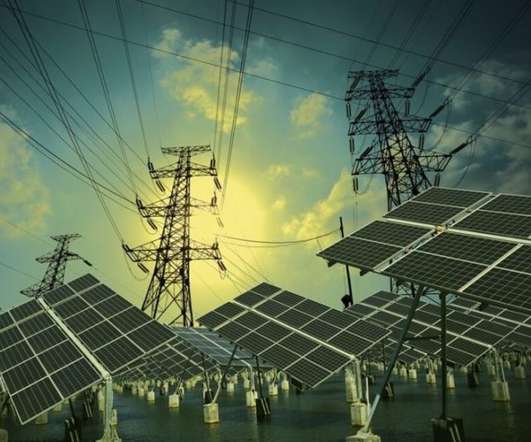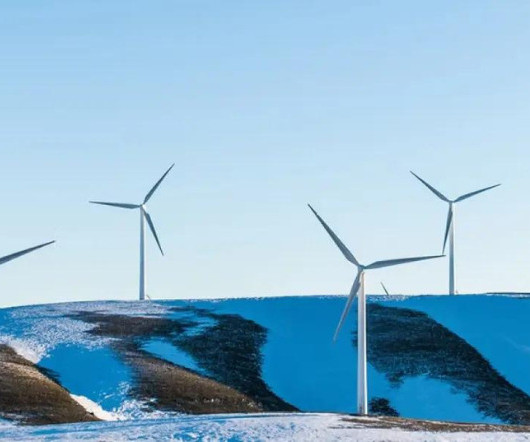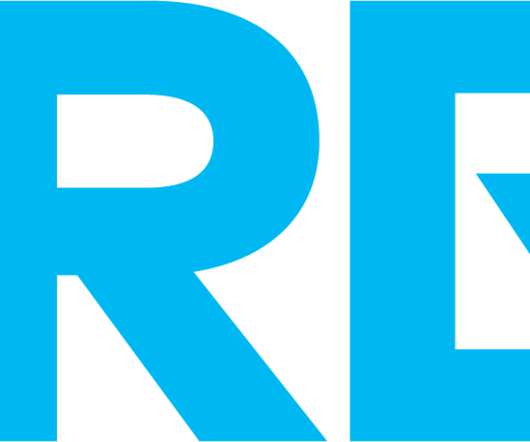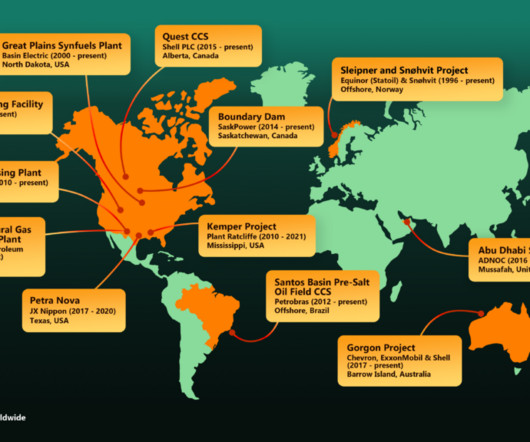Targeting grid resilience with digitalisation
Smart Energy International
JULY 25, 2022
As countries the world over pursue net-zero goals, the power grids are at the centre of a transformation that will ultimately lead to economy-wide decarbonisation impacting almost every aspect of life, from the way we power and run our homes to how we travel and the products we purchase.















Let's personalize your content